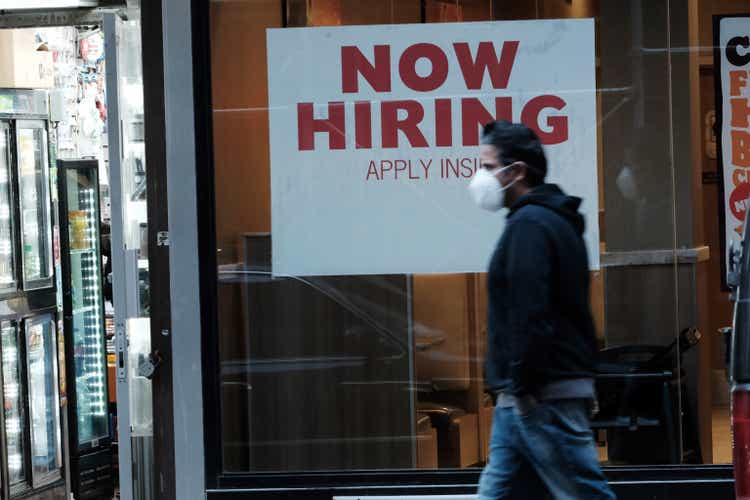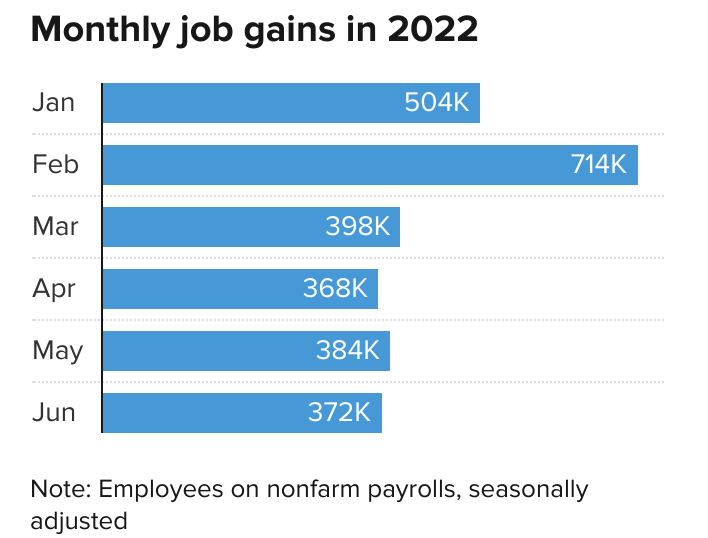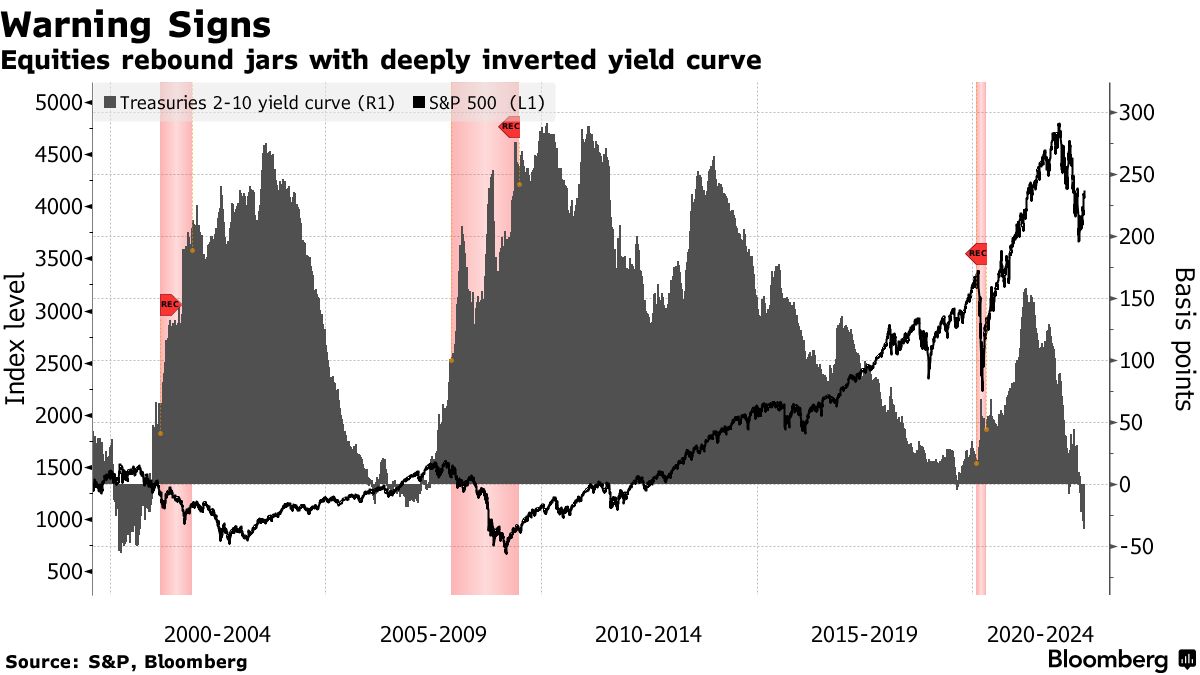Spencer Platt
Earnings reports were not as impressive yesterday as they were the day before, which weighed on the major market averages. We also had the daily dose of jawboning from Fed president Loretta Mester, who reminded investors that interest rates will keep going up until inflation is brought under control. Most importantly, there was warranted concern about the strength of this morning’s jobs report.
Finviz
The consensus is expecting 258,000 job additions for the month of July, which would be a sharp slowdown from the average this year, but not to the extent that it should raise recession concerns. We have seen weekly unemployment claims edge higher, which should not be alarming either, considering the focused layoff announcements in industries that are right sizing for the post-pandemic economy. A number that is much stronger will likely send stock prices south over concerns of more aggressive tightening by the Fed, while a number far weaker will inflame recession fears. We really need the number to be close to the estimate to sustain the current rally. As with everything economic and market related, it can’t be too hot or too cold.
CNBC
I have made references to the economy walking a tightrope between growth and contraction, as we want just enough growth to avoid recession but not so much that it stokes inflation. The markets are walking the same tightrope but sending mixed messages. The stock rebound points to growth ahead, while the bond market is warning of the possibility of recession through the growing inversion of the yield curve.
Bloomberg
The difference between the 2- and 10-year Treasury yields is now at a cycle high of 36 basis points. The 2-year yield represents market expectations for where the Fed funds rate will be in 6-12 months, while the 10-year represents the market’s view of the neutral rate, which is neither stimulative nor restraining. Therefore, an inversion implies that the market thinks the Fed will be too restrictive and cause a recession. At least that is how the recession hawks see it.
In this case, I am listening to the stock market instead of the bond market. Bonds are typically smarter than stocks, but the high-yield bond market is not confirming what an inverted yield curve suggests. Instead, it is pointing to a strengthening economy as spreads over Treasury yields in that market have tightened. I think the 10-year yield has declined because of foreign demand for a very attractive yield. The strength of the dollar has been another influence on lower yields. This decline in yield should reverse if the dollar weakens and foreign central banks continue to raise interest rates, as is expected, creating more competition for long-term Treasuries.
Today’s jobs report will be pivotal in the short term, either providing the stock market with a reason to push higher or halting the advance in its tracks to find support above the June lows. Either way, investors are going to continue to judge the incoming economic data as too hot, too cold, or just right. I still think the balance of the data will form a path to a soft landing, whereby the S&P 500 recovers most of this year’s losses. That presents meaningful upside from current levels.
Lots of services offer investment ideas, but few offer a comprehensive top-down investment strategy that helps you tactically shift your asset allocation between offense and defense. That is how The Portfolio Architect compliments other services that focus on the bottom-ups security analysis of REITs, CEFs, ETFs, dividend-paying stocks and other securities.


Be the first to comment